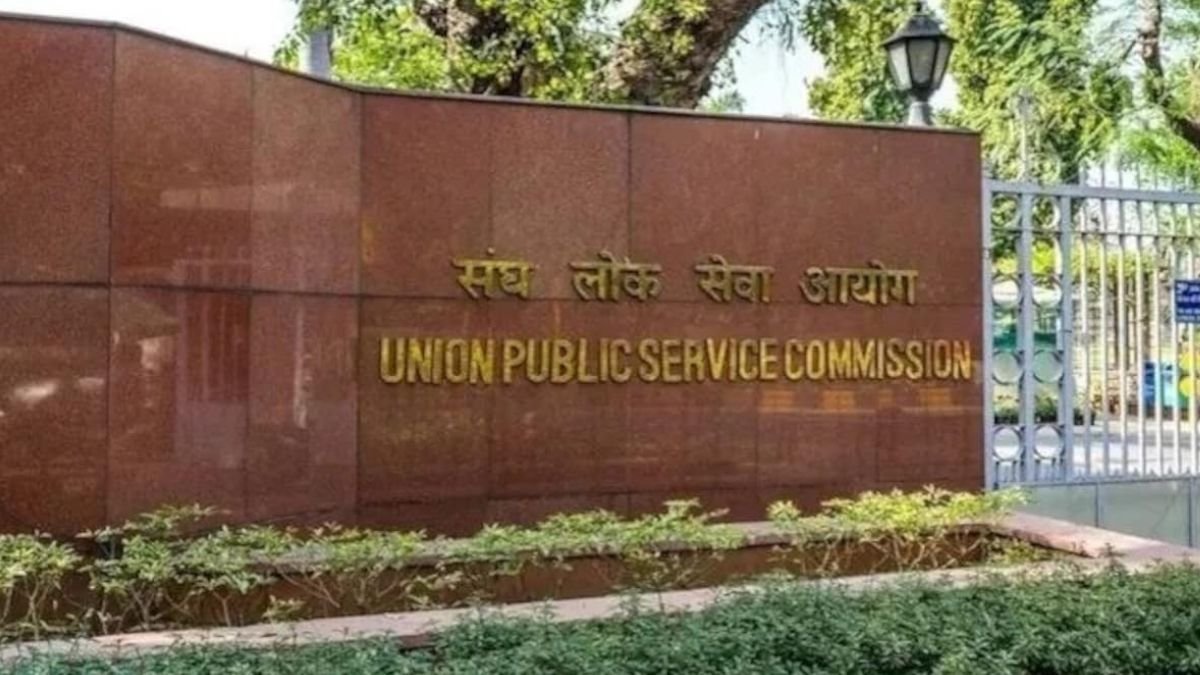Why in the News?
From October 2025, Reserve Bank of India (RBI) will implement key financial and regulatory changes to improve flexibility, transparency, and efficiency.
Key things that will change from October 2025
RBI has divided changes into 2 parts: some effective from 1 October 2025 (Interest Rate on Advances, Loans against Gold/Silver Collateral, PDIs and continuous cheque clearing) and some as draft proposals which may be effective from 20 October 2025 (GML, Exposure Norms for Foreign Bank Branches, Credit Information Reporting)
- Interest Rate on Advances:
- The RBI has given banks freedom to decide interest rates on floating-rate loans (loans where interest moves up or down with the market rate). So, borrowers will see rate changes sooner, instead of waiting for 3 years, strengthening monetary transmission.
- Banks can also allow borrowers to switch from fixed-rate loans to floating-rate loans at their choice, making loans more flexible and giving borrowers greater control over their repayment burden.
- Loans against Gold/Silver Collateral
- RBI has eased rules for loans against gold/silver collateral, allowing Scheduled Commercial Banks (SCBs) to provide working capital loans to jewellers.
- It also allowed Tier 3 and Tier 4 Urban Co-operative Banks (UCBs) to lend to manufactures and industrial units that use gold as raw material, and also to domestic non-manufacturers who outsource jewellery production.
- Perpetual Debt Instruments (PDIs):
- RBI has revised rules for PDIs (bonds with no maturity, only interest payments), allowing banks to issue them in foreign currency or as rupee bonds overseas.
- This gives banks more capital headroom (flexibility to raise funds globally), helping strengthen their capital base and attract foreign investment.
- Continuous Cheque Clearing: RBI will shift to continuous cheque clearing (multiple settlements during the day instead of fixed batches), making payments faster for individuals and businesses.
- Gold Metal Loans (GMLs): The repayment period is now 270 days (up from 180), helping small jewellers and gold–based industries with better credit access and flexible repayment.
- Exposure Norms for Foreign Bank Branches: RBI has asked foreign banks in India to explain how they compute exposures (risk from big loans), manage risks, and link exposure limits to Tier-1 Capital (core bank capital), aiming to improve transparency and risk control.
- Credit Information Reporting: RBI plans to shift credit reporting from monthly/quarterly to weekly, ensuring fresher data, quicker error fixes, and better CKYC (Central Know Your Customer) capture—helping lenders make faster, more accurate loan decisions.
Other Key Changes
- Updated Charges & Eligibility: Banks and institutions revised fees and norms to improve sustainability and security (e.g., India Post – higher Speed Post rates with OTP security).
- Indian Railways: Aadhaar verification is now compulsory for booking general tickets online. This helps stop misuse by agents and ensures genuine bookings.
- Pension Reforms & Deadlines: Subscribers get more investment flexibility (e.g., NPS 100% in equities) but face higher market risk; government employees’ choice between UPS and NPS is now final.
Benefits associated with these changes
| For Borrowers | For Banks | For Economy |
| Faster EMI adjustments and repayment flexibility | Stronger capital-raising capacity through global markets | Enhanced financial system resilience |
| Greater loan access, especially for those using gold/ silver as collateral | Clearer exposure norms for foreign bank branches | Improved monetary policy effectiveness |
| More accurate and up-to-date credit history | Better stability and risk management | Increased credit flows, transparency, and confidence in the banking sector |
Challenges and Way Forward
| Challenge | Way Forward |
| Floating-Rate Loans: Sudden interest rate changes may shock borrowers; banks may face income volatility. | Strengthen financial literacy, promote informed borrowing, and improve banks’ risk monitoring. |
| Gold Metal Loans (GMLs): Risk from fluctuating gold/silver prices and credit defaults by small jewellers. | Ensure proper collateral valuation, insurance cover, and regular risk assessments. |
| Continuous Cheque Clearing: Technical and operational issues in moving from batch to real-time clearing. | Upgrade IT systems, add backup infrastructure, and train staff for smooth transition. |
| Pension & Investment Reforms: 100% equity in NPS exposes subscribers to market risks and possible losses. | Run awareness drives, promote diversified portfolios, and offer risk advisory tools. |
| Aadhaar-Based Railway Ticketing: Digitally unskilled or marginalized users may be excluded. | Create alternative verification options, boost digital literacy, and ensure inclusive access. |
Conclusion
The October 2025 financial and regulatory reforms aim to enhance flexibility, transparency, and efficiency in India’s banking and financial systems. While promising growth and better customer experience, careful risk management and public awareness will be key to successful implementation.
| Ensure IAS Mains Question
Q. The October 2025 financial reforms are expected to improve monetary policy transmission and credit flow. Critically evaluate how these reforms may impact economic growth, stability, and the resilience of India’s banking sector. (250 words) |
| Ensure IAS Prelims Question
Q. Which of the following statements regarding the RBI’s October 2025 banking reforms is/are correct? 1. Banks can now allow borrowers to switch from fixed-rate loans to floating-rate loans at their choice. 2. Continuous cheque clearing will enable multiple settlements in a day instead of fixed batches. 3. The repayment period for Gold Metal Loans (GMLs) has been reduced from 270 days to 180 days. 4. Credit reporting will shift from monthly/quarterly to weekly to provide fresher data. Select the correct option from the codes given below: a) 1, 2, and 4 only b) 1 and 3 only c) 2, 3, and 4 only d) All of the above Answer: A) 1, 2, and 4 only Explanation: Statement 1 is correct: RBI allows borrowers to convert fixed-rate loans into floating-rate loans, giving them flexibility to benefit from falling interest rates and better control over their repayment burden. Statement 2 is correct: Moving to continuous cheque clearing allows banks to process cheques multiple times a day, reducing settlement delays, improving payment efficiency, and benefiting both individuals and businesses. Statement 3 is incorrect: RBI increased the repayment period for GMLs from 180 days to 270 days to provide small jewellers and gold-based industries greater credit flexibility. Statement 4 is correct: RBI plans to make credit information reporting weekly, ensuring up-to-date data for lenders, faster error correction, and improved accuracy in CKYC and loan decision-making. |
|
Also Read |
|
| UPSC Foundation Course | UPSC Daily Current Affairs |
| UPSC Monthly Magazine | CSAT Foundation Course |
| Free MCQs for UPSC Prelims | UPSC Test Series |
| ENSURE IAS NOTES | Our Booklist |





